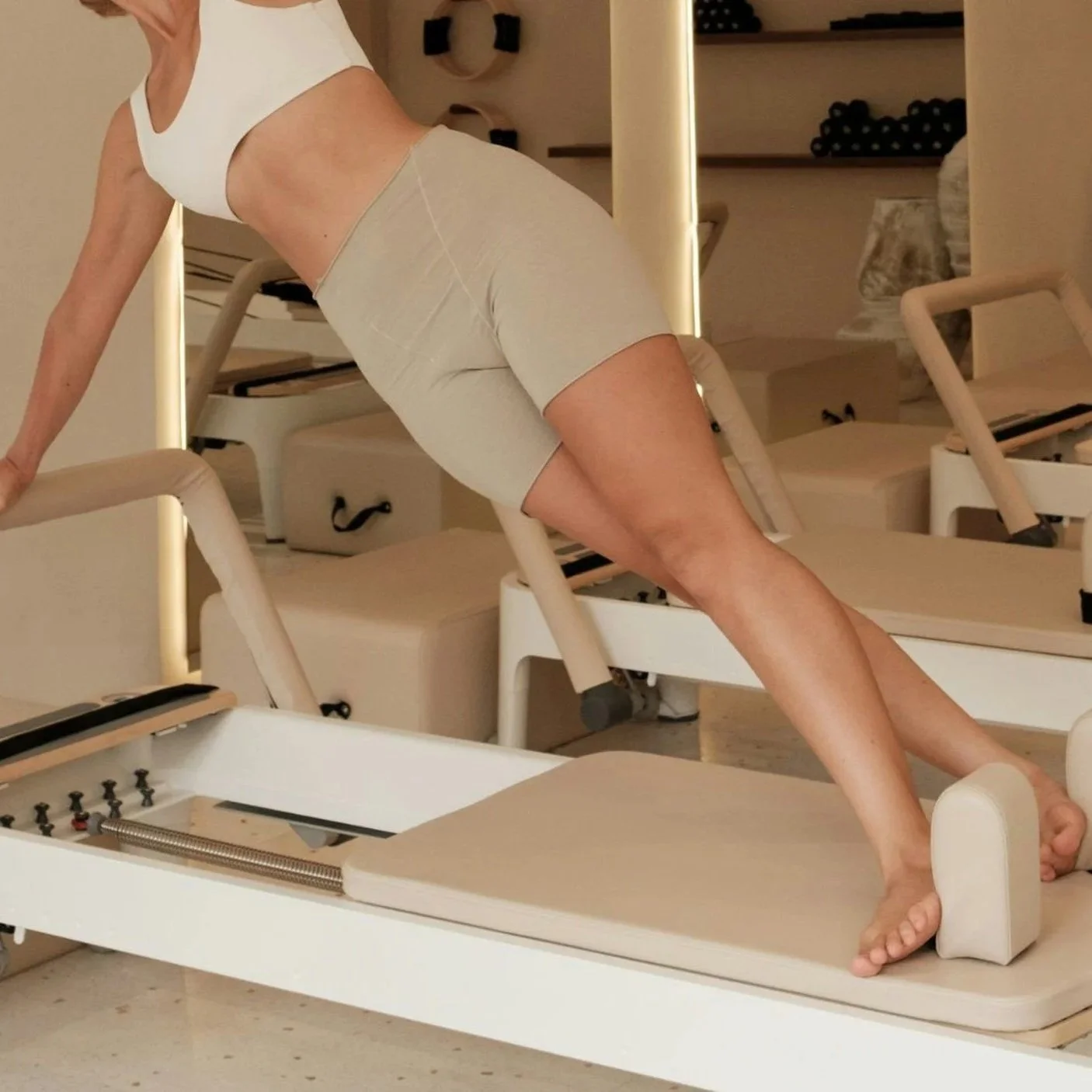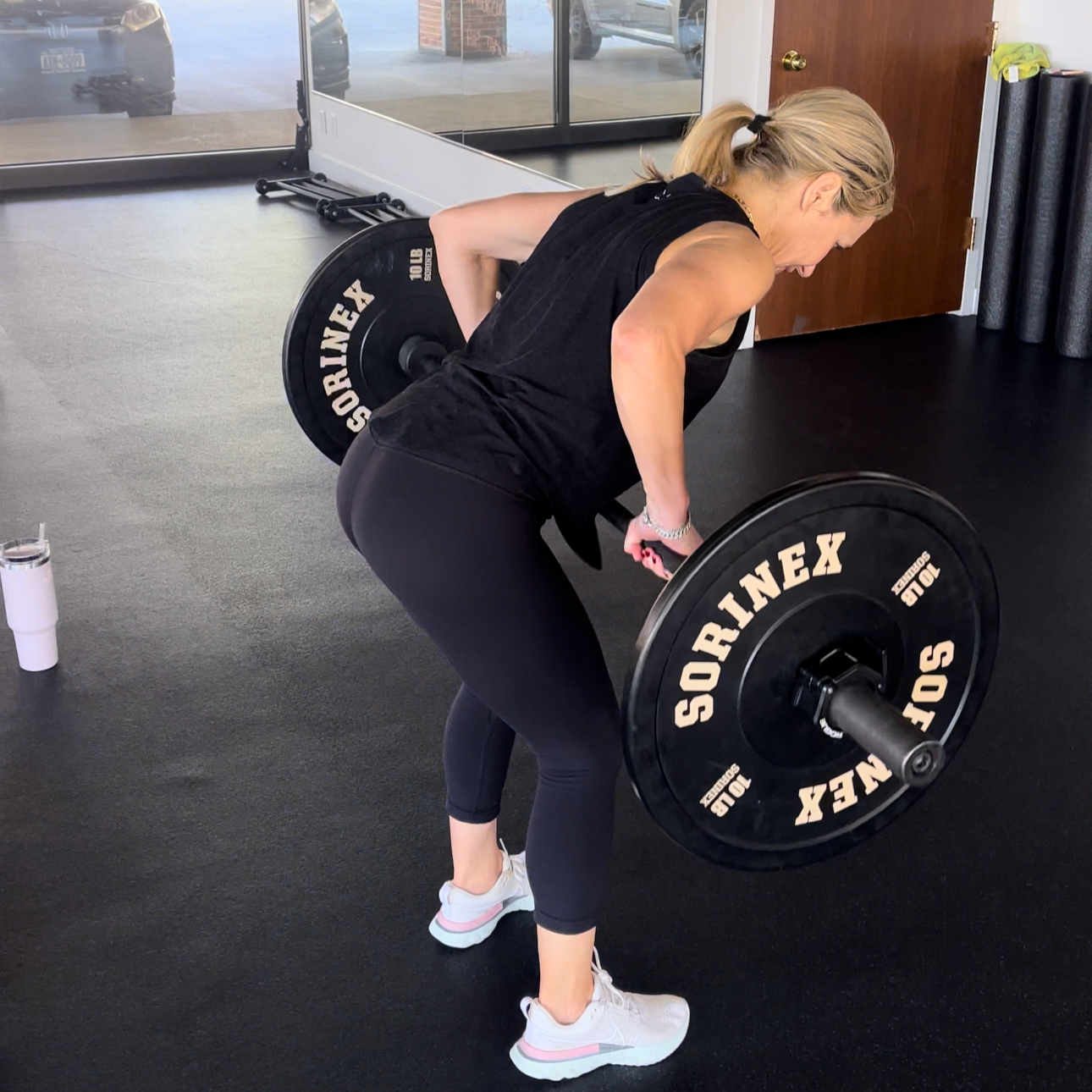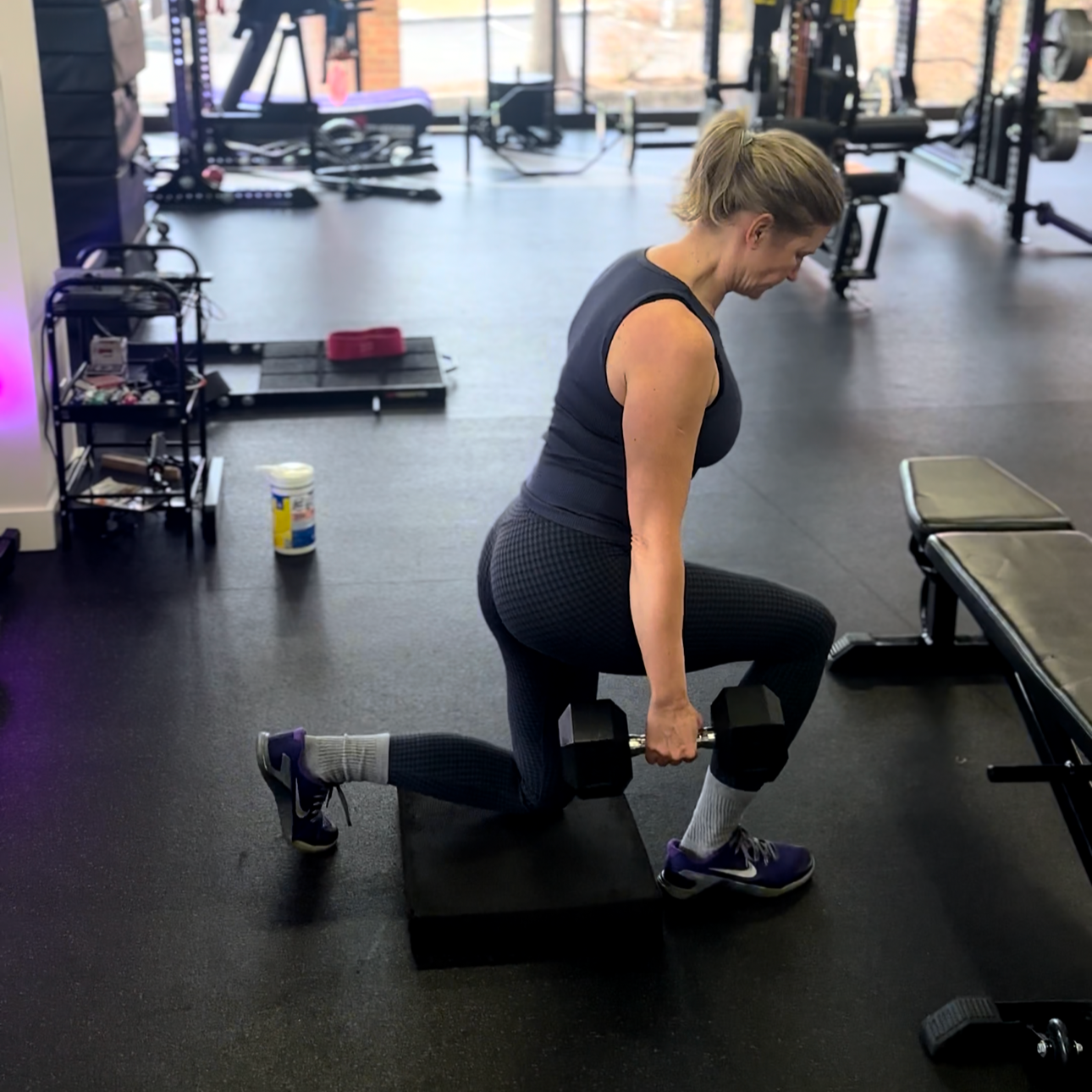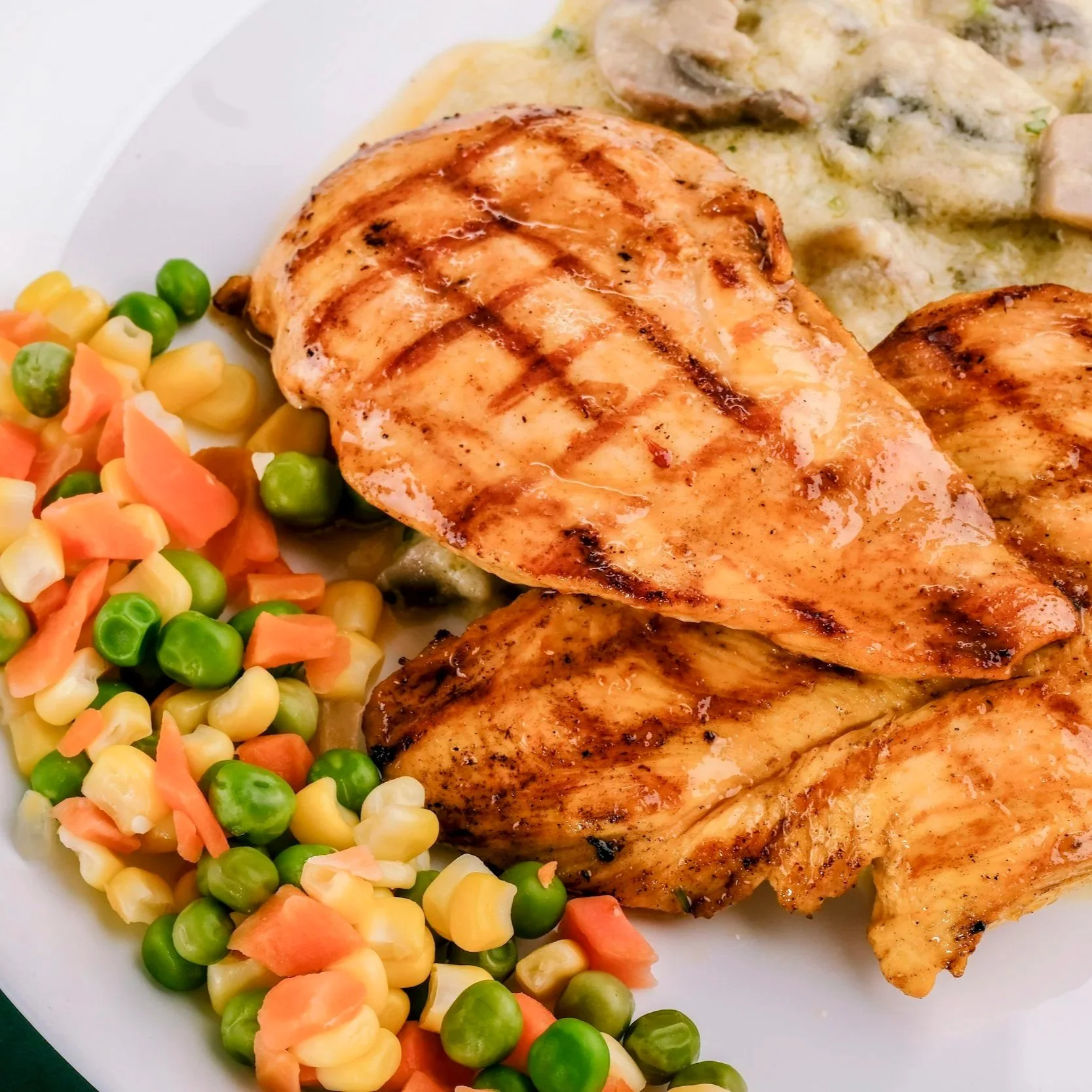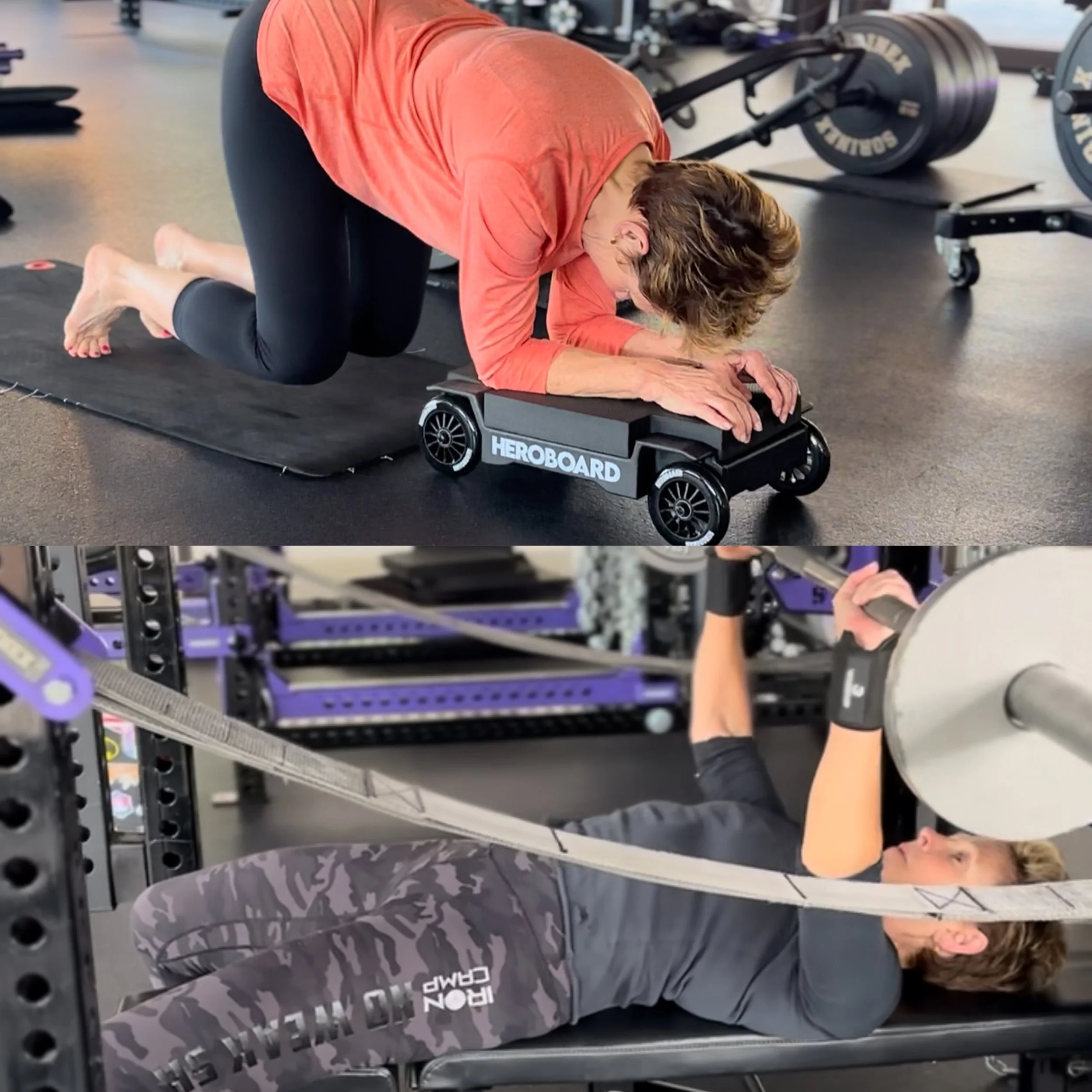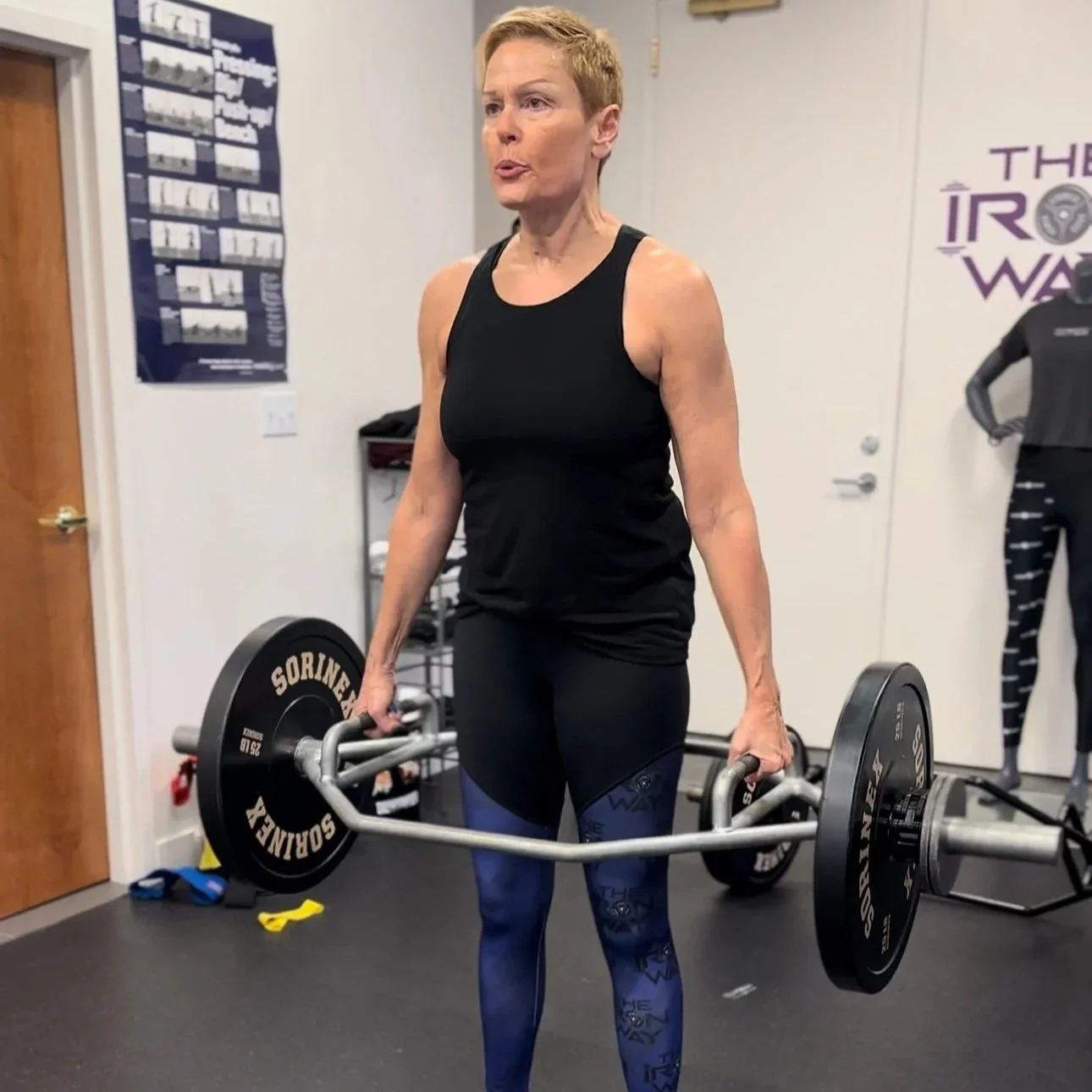You Won't Get A "Pilates Body" Doing Pilates
If you want visible change after 30, you need to lift
Quick take: Pilates is great for mobility, control, and core awareness. Strength training is the driver of visible physique change after 30. Progressive overload builds and preserves muscle, supports bone, and reshapes your body. Guidelines for adults recommend strength and hypertrophy work every week for health. [1,2]
What Pilates does well
Pilates emphasizes precise movement, breathing, posture, and core engagement. That can improve balance, movement awareness, and confidence. Reviews show Pilates can improve certain strength tests and functional outcomes. In some groups, especially those with overweight or obesity, reformer or structured Pilates can reduce body weight and body fat percentage. Results are stronger when Pilates is paired with nutrition changes. [3–7]
Mat-based Pilates alone has mixed effects on body composition in healthy adults. Systematic reviews suggest that, for lean mass or full-body recomposition, Pilates is often no better than traditional exercise or control, especially when sessions do not apply progressive loading across the major muscle groups. [5,6,8,9]
Bottom line: Keep Pilates if you enjoy it. Use it for mobility, control, and accessory core work. Do not expect it to drive the muscle gain that creates a “toned” look on its own.
What actually changes physiques after 30
After about 30, you gradually lose muscle unless you train against it. Resistance training builds and preserves lean mass, which shapes your shoulders, glutes, and legs, and supports a higher resting energy need. Meta-analyses confirm that resistance training increases lean body mass in middle-aged and older adults. [10]
When researchers compare exercise modes, the pattern is clear. Aerobic training tends to reduce body mass and fat mass more efficiently per minute than resistance training. Resistance training is superior for increasing or preserving lean mass. Combined programs can deliver the best of both — fat loss and muscle retention. [11–14]
Large recent reviews show resistance training can reduce body fat percentage and visceral fat while building or maintaining muscle, which is what most people mean by “toned.” [15]
Translation: If your goal is visible shape change after 30, you need consistent strength training as the anchor. Cardio can support your heart health and help with fat loss. Lifting is what adds and protects the muscle that creates shape. [1,11–15]
Bones, confidence, and longevity for women 30+
Women face unique changes with age and menopause. Bone mineral density declines. Muscle mass and power can drop. This is where progressive strength work shines. The LIFTMOR randomized trial used brief, supervised high-intensity resistance and impact training in postmenopausal women with low bone mass. It improved bone density at the spine and hip and improved function, with high compliance and minimal adverse events. [16,17]
Recent systematic reviews and network meta-analyses continue to support resistance and impact loading as effective strategies for maintaining or improving bone mineral density in postmenopausal women. Protocols that are moderate to high intensity, done at least twice weekly, tend to rank near the top. [18–21]
Takeaway: Lifting after 30 is not just about aesthetics. It is protection for your bones, confidence, and long-term independence. Pilates can play a supportive role, but on average it does not deliver the same osteogenic load as heavy, progressive strength work. [16–21]
Body recomposition 101 for adults over 30
Goal: more muscle, less fat over time. The methods are simple and repeatable.
1) Lift 2 to 4 days per week
Use full-body training that covers push, pull, squat, and hinge. Choose loads that feel challenging while you can still control the movement. Add small progressions in weight or reps when you own the set. That is progressive overload. [1,22]
2) Hit a solid protein target
Protein supports the adaptations you want from lifting. Meta-analyses show dietary protein supplementation augments muscle size and strength during resistance training, with diminishing returns above roughly 1.6 g/kg/day on average. Older adults often benefit from higher per-meal protein and leucine to stimulate muscle protein synthesis. [23–26]
3) Sleep and manage stress
Muscle grows when you recover. Build a routine you can keep.
4) Move more between workouts
Walking and light cardio help drive energy balance without adding joint stress. Use cardio for heart health and to assist fat loss. Keep your lifts as the non-negotiable sessions. [11,27]
“Pilates body” is a marketing idea
Bodies do not take on a trademarked look. Your shape reflects muscle, fat, bone structure, and what you consistently train. Pilates delivers control, posture, and in some groups modest improvements in body composition, especially with equipment or diet support. The average healthy adult will not gain significant whole-body lean mass from Pilates alone. That is why multiple reviews report limited or uncertain changes in lean mass and fat mass with mat-based Pilates compared with traditional resistance programs or control. [5,6,8,9]
How to stack Pilates with lifting
You do not have to choose. Put them in the right order.
Make strength your anchor two to four days per week. Add small weekly progressions. [1,22]
Use Pilates for mobility and core on off days or after lifting when time allows.
If time is short, keep the lifts and move Pilates to another day.
For bone health, include resistance training and some impact where safe and supervised. [16–21]
Safety and coaching
Strength training is safe when you progress gradually and use good technique. Trials in postmenopausal women using supervised high-intensity resistance and impact training improved bone density and function with minimal adverse events. If you have medical conditions, talk to your clinician and coach. Begin with conservative loads and master positions before you chase numbers. [16,17]
The Iron Camp Method
The Iron Camp Method plan is simple and repeatable. Two to four full-body strength sessions per week, clear progressions, and nutrition support to match your goal. Pilates is welcome as a supplement for mobility and core control. We anchor your transformation with progressive overload and accountability.
Ready to start?
Join Iron Camp Base inside the app for a structured three-day plan.
Or reply TRAIN for personalized coaching that includes training, nutrition, and habit support.
References
ACSM. Physical Activity Guidelines summary. Accessed 2025. https://acsm.org.
CDC. Physical Activity Guidelines for Older Adults. Accessed 2025. https://www.cdc.gov/physical-activity-basics/guidelines/older-adults.html.
Wang Y et al. Front Physiol. 2021;12:643455. “Pilates for Overweight or Obesity: A Meta-Analysis.” doi:10.3389/fphys.2021.643455.
Gökalp Ö et al. Sci Rep. 2025;15: Article 9683. “Effects of reformer Pilates on body composition, strength and psychosomatic factors in overweight and obese women: RCT.” doi:10.1038/s41598-025-09683-8.
de Souza Cavina AP et al. J Phys Act Health. 2020;17(6):673–681. “Effects of the Mat Pilates Method on Body Composition.” PMID:32396869.
Silva LL et al. J Bodyw Mov Ther. 2022;26:30–40. “Is the Pilates method efficient to cause changes in the body composition of healthy individuals.” doi:10.1016/j.jbmt.2022.05.008.
Greco F et al. Nutrients. 2024;16(6):902. “Online Home-Based Pilates Combined with Diet in Women With Obesity: Preliminary RCT.” doi:10.3390/nu16060902.
Aladro-Gonzalvo AR et al. J Bodyw Mov Ther. 2012;16(1):109–114. “The effect of Pilates exercises on body composition.” PDF.
Pereira MJ et al. Appl Sci. 2022;12(15):7523. “Efficacy of Pilates in Functional Body Composition.” doi:10.3390/app12157523.
Peterson MD et al. Med Sci Sports Exerc. 2011;43(2):249–258. “Influence of Resistance Exercise on Lean Body Mass in Aging Adults: Meta-Analysis.” PMC2995836.
Willis LH et al. Obesity (Silver Spring). 2012;20(8):1628–1638. “Effects of Aerobic and/or Resistance Training on Body Mass and Fat Mass.” PMC3544497.
Willis LH et al. PubMed 23019316. Same study as above summary.
Khalafi M et al. Healthcare (Basel). 2025;13(7):776. “Concurrent vs Aerobic or Resistance Training on Body Composition in Middle-Aged and Older Adults: Systematic Review and Meta-Analysis.” PMC11989159.
Lafontant K et al. J Int Soc Sports Nutr. 2025. “Concurrent, Resistance, or Aerobic Training on Body Fat Loss: Systematic Review and Meta-Analysis.” doi:10.1080/15502783.2025.2507949. PubMed 40405489; PMC12107660.
Lopez P et al. Obes Rev. 2022;23(2):e13428. “Effect of Resistance Training in Healthy Adults on Body Fat Percentage, Fat Mass and Visceral Fat: Systematic Review and Meta-Analysis.” doi:10.1111/obr.13428.
Watson SL et al. J Bone Miner Res. 2018;33(2):211–220. “High-Intensity Resistance and Impact Training Improves Bone Mineral Density and Physical Function: LIFTMOR RCT.” doi:10.1002/jbmr.3284. PubMed 28975661.
Watson SL et al. J Bone Miner Res. 2019;34(3):572. Erratum to LIFTMOR.
Mohebbi R et al. Osteoporos Int. 2023;34:1167–1183. “Exercise training and bone mineral density in postmenopausal women: Systematic Review and Meta-Analysis.” PMID:36749350.
Wang Z et al. Front Physiol. 2023;14:1105303. “Comparative efficacy of different resistance training protocols on BMD in postmenopausal women: Systematic Review and Network Meta-Analysis.”
Xiaoya L et al. Sci Rep. 2025. “Effect of different exercise types on BMD in postmenopausal women: Network Meta-Analysis.”
Zhao F et al. J Orthop Surg Res. 2025;20: Article 5890. “Optimal resistance training parameters for improving BMD in postmenopausal women: Meta-Analysis.”
ACSM Position Stand. Progression models in resistance training for healthy adults. Med Sci Sports Exerc. 2009;41(3):687–708. PMID:19204579.
Morton RW et al. Br J Sports Med. 2018;52(6):376–384. “Protein supplementation on RT-induced gains in muscle mass and strength: Systematic Review and Meta-Regression.” PMID:28698222.
Nunes EA et al. J Cachexia Sarcopenia Muscle. 2022;13(2):795–810. “Protein intake and gains in lean body mass and strength: Systematic Review and Meta-Regression.” PMC8978023.
Layman DK et al. Front Nutr. 2024;11:1388986. “Impacts of protein quantity and distribution on body composition across the lifespan.”
Putra C et al. Nutrients. 2021;13(4):1210. “Protein source and muscle health in older adults.” PMC7996767.
Jayedi A et al. JAMA Netw Open. 2024;7(8):e2430311. “Dose–response association of aerobic exercise with adiposity measures.”


